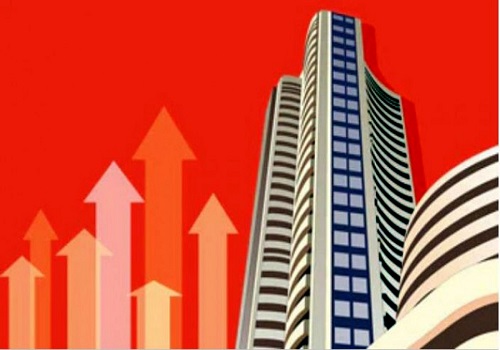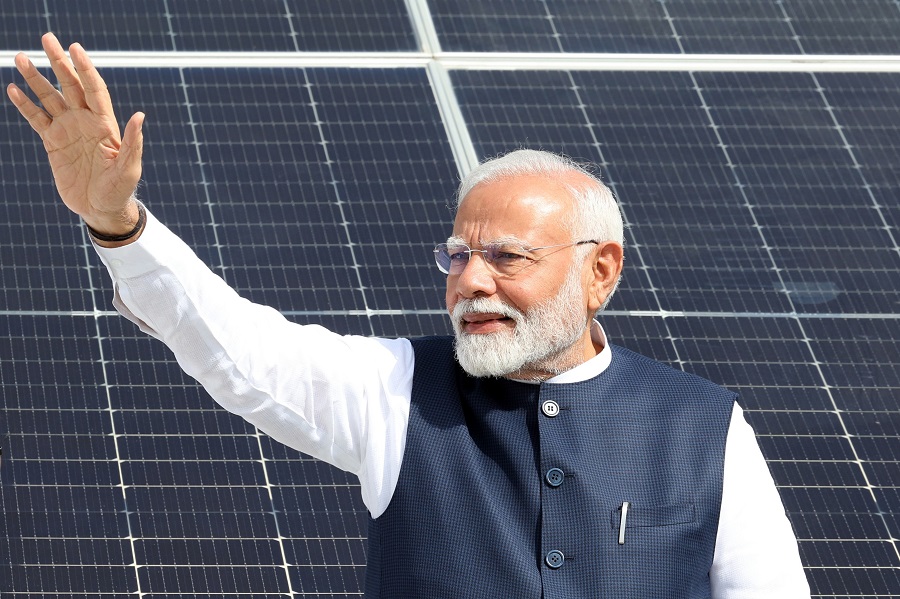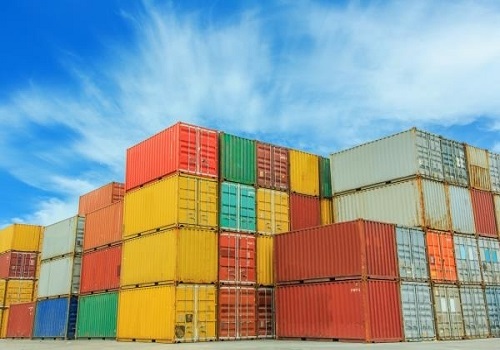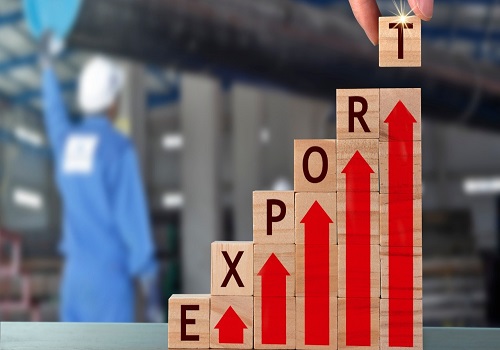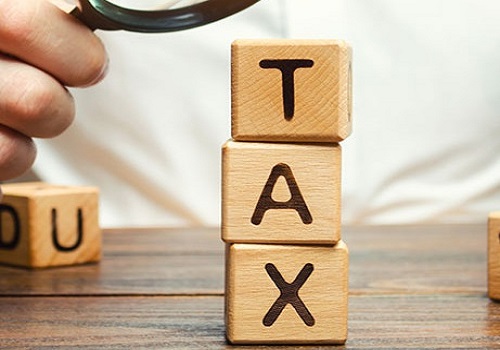India GDP : Lower growth adds upside risk to fiscal deficit target By JM Financial Services
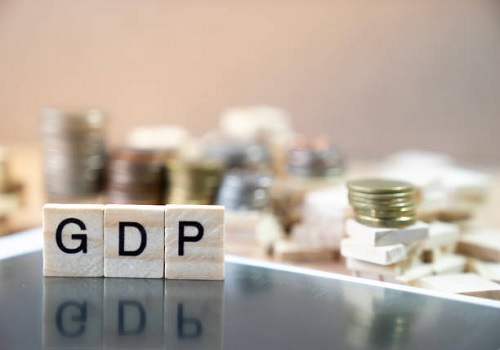
Lower growth adds upside risk to fiscal deficit target
The first advance estimates for FY25 pegs India’s GDP growth at 6.4%, indicating a moderation from 8.2% growth in FY24. Sluggish economic activity dragged the annual growth print but the implied figures for 2H indicate a pickup in Agriculture, Manufacturing and ‘Financial, real estate and professional services’. Consumption is expected to pick up pace, unlike investments, which is stable in 2H. A lower nominal GDP growth at 9.7% vs. the government’s budgeted estimates will imply a 10bps rise in fiscal deficit or call for a curtailment in spending. We believe that the fiscal deficit target will be comfortably achieved, aided by the slow pace of capex. Growth in per capita spending outpaced income growth in FY25, hinting at the reason for subdued consumption demand. We believe that a growth of ~6.7% would be realistic, with a risk of that being dragged by deteriorating trade balance in FY25.
* Growth moderates to 6.4% in FY25: As per the first advance estimates, India’s real GDP growth is expected to moderate from 8.2% in FY24 to 6.4% in FY25. National Statistics Office’s (NSO) estimates are even lower than RBI’s latest growth expectation of 6.6% for FY25. Growth moderation is mainly evident in mining (2.9% vs. 7.1% prior) and manufacturing (5.3% vs. 9.9% prior) while services continue to grow at a robust pace (7.2% vs. 7.6% prior). Agriculture is the only sector to grow at a significant pace in FY25 (3.8% vs. 1.4% prior). Based on the first advance estimates, the implied numbers suggest a pick-up in 2H, which would be significant in Agriculture (4.5% vs. 2.7% in H1 FY25). The robust performance in ‘Industry’ is largely on the back of a notable pickup in manufacturing activity (6.1% vs. 4.5% in H1), while ‘mining’ and ‘construction’ are expected to grow at a slower pace. Services as a category is expected to be relatively stable (7.2% vs. 7.6% prior), within which ‘financials, real estate and professional services’ is expected to pick up pace in 2H (7.7% vs. 6.9% in 1H) while growth in other sectors moderate.
* Consumption picks up pace; Investments stable: Growth in Gross Value Added (GVA) is expected to mirror that of GDP at 6.4% in FY25, indicating that the impact of taxes and subsidies is getting nullified. On an annual basis, private consumption is expected to outpace government consumption by a wide margin, while investments in the economy – Gross Fixed Capital Formation (GFCF) – will moderate in FY25 on expected lines (6.4% vs. 9% prior). The first advance estimates indicate an improvement in India’s net exports position in FY25, which we believe will cushion the deterioration in the external balance. However considering the higher tariff environment we are building in further deterioration in India’s trade balance, as exports have already been sluggish. The implied numbers for 2H do not signal a pick-up in investments; we have been highlighting that, at the current pace, capex is likely to fall short by 30% of the budgeted estimates for FY25, but on a realistic basis we can expect a 10% shortfall in capex spending. The pickup in GDP deflator from 1.2% in FY24 to 2.8% in FY25 hints at the inflationary pressures in the economy.
* Lower GDP growth could stretch fiscal deficit: NSO’s nominal GDP growth estimates for FY25 (9.7%) being lower than the government’s budgeted estimates (10.5%) will have implications on meeting the fiscal deficit target. With 9.7% GDP growth, the fiscal deficit will rise by 10bps to 5% or call for a spending curtailment to the tune of INR 111bn. We believe that the slow pace of capex will help restrict the fiscal deficit to 4.9% in FY25. The implied figures for 2H indicate a pick-up in Agriculture, Manufacturing and ‘Financial, real estate and professional services’, while consumption is also expected to pick up. It is pertinent to note that the pace of income is not keeping pace with the growth in spending (per capita), which is the reason for subdued consumption in the economy (Exhibit 4). We are building in more realistic growth expectation at 6.7-6.8%, on the expectation of improvement in services and, to some extent, in industrial performance while risk of trade imbalance could prove to be a drag.
Please refer disclaimer at https://www.jmfl.com/disclaimer
SEBI Registration Number is INM000010361


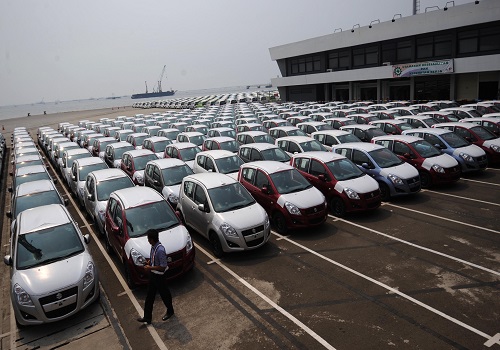







Tag News
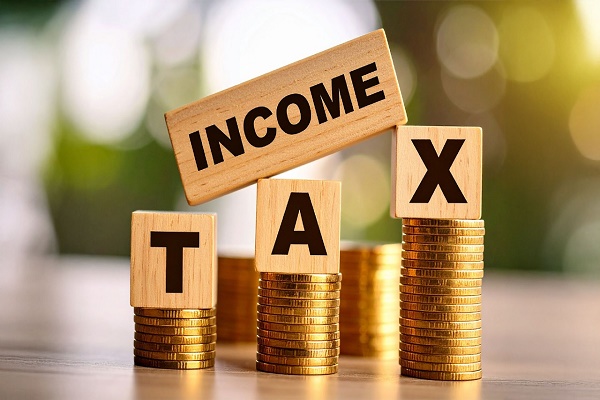
India`s direct tax collection clocks 8 pc growth at Rs 17.05 lakh crore in April-Dec







